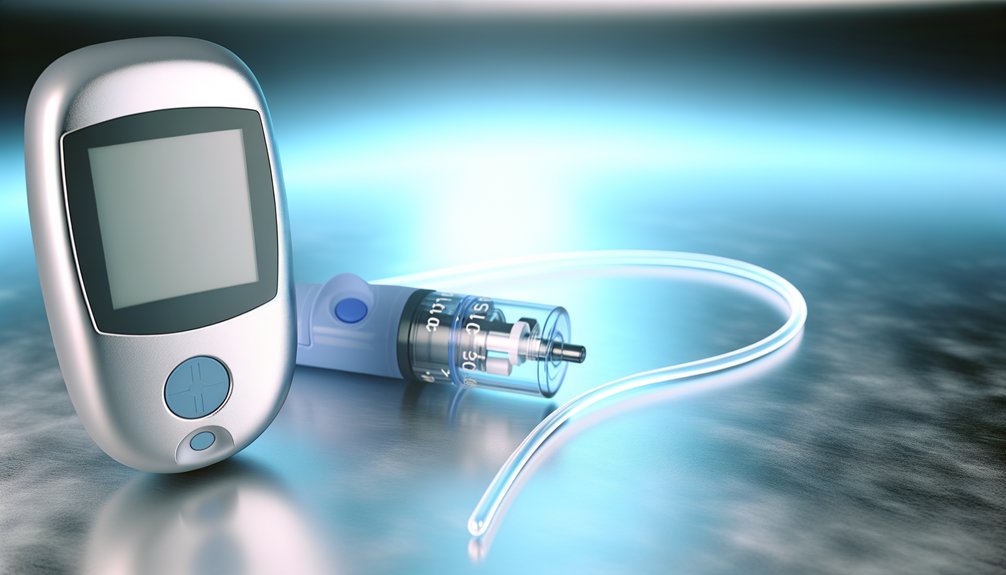Recent research in childhood Type 1 diabetes reveals exciting advances that could change lives. Families face ups and downs while managing blood sugar levels, but new treatments promise hope. Techniques like personalized insulin therapies and groundbreaking studies show significant improvements in glycemic control. These developments can reduce stress for parents and children alike. More than just numbers, these changes bring joy and newfound strength to families. There’s a journey ahead filled with possibilities, and there’s so much more to uncover.

When maneuvering the complexities of childhood Type 1 diabetes (T1D), families often find themselves on an emotional rollercoaster, filled with hopes and challenges. Each day can feel like a balancing act, where parents and children aim for the elusive goal of stable blood sugar levels.
Thankfully, recent advances in research are bringing a glimmer of hope. For instance, a structured follow-up care model has been introduced, leading to significant improvements in glycemic control for many young patients. Imagine the relief when two-thirds of children shift from poorly regulated to well-regulated status within just two years. This means more joyful moments and fewer worries about complications. Additionally, the combination therapy of standard insulin and dapagliflozin has shown promise in improving blood sugar control and kidney function in adolescents with T1D.
Recent advances in research offer hope, with two-thirds of children achieving better glycemic control in just two years.
As families traverse this journey, they also encounter personalized treatment options. The “EVERYONE” study is tailoring insulin therapies based on unique characteristics, such as metabolism or genetics. New artificial intelligence tools can now predict T1D onset up to a year early, allowing for preventive interventions that help avoid serious complications. This innovative approach hints at a future where treatments are as unique as each child, potentially reducing complications like chronic kidney disease. Families are starting to believe that their child’s T1D could be managed more effectively, offering them a sense of control amidst the unpredictability.
Moreover, funding for groundbreaking research is essential. The Special Diabetes Program has been pivotal, supporting advancements like Tzield, which has been shown to delay T1D onset by up to three years. This is a game-changer, providing families with precious time and hope for new treatments. Yet, there is concern about the future, as the risk of losing this funding could stall further progress.
Pediatric care now includes a holistic approach, recognizing that mental and emotional health plays a significant role in diabetes management. The integration of behavioral health support reflects an understanding that happy, supported kids are more likely to thrive. Additionally, the standardized follow-up model has significantly improved glycemic control across all age groups, emphasizing the importance of tailored care in managing T1D.
With dedicated efforts from healthcare teams, families are finding their footing, navigating the complexities of T1D with newfound strength and optimism. The future looks brighter, and families are learning to embrace the journey, one day at a time.
